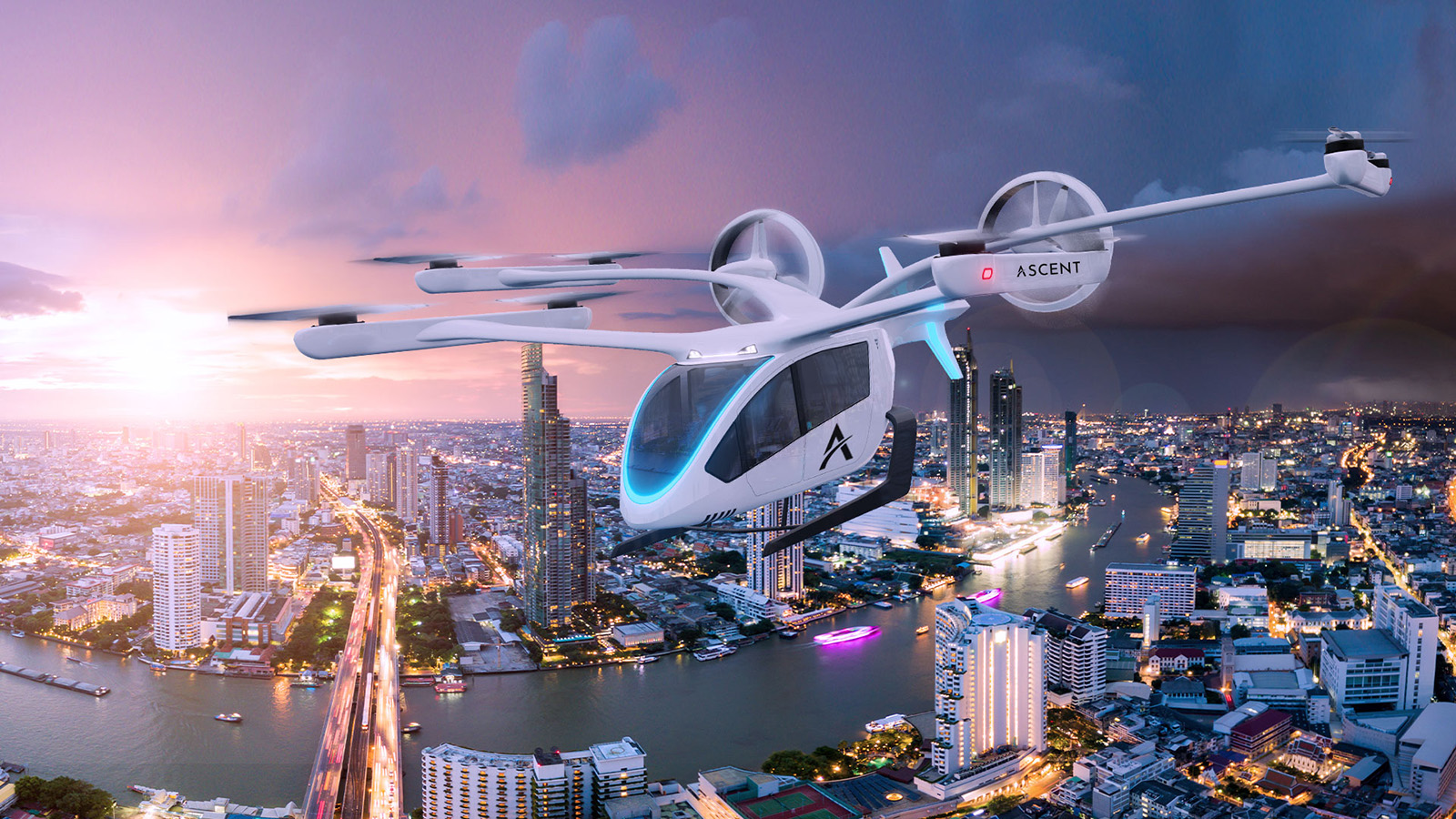Stay Up to Date
Submit your email address to receive the latest industry and Aerospace America news.
International collaboration seen as critical for managing future spike in air traffic from air taxis and other forms of advanced air mobility
It can’t be easy being a regulator. You’re surrounded by dozens of electric aircraft makers, each with tens of millions of dollars of investment on the line and a competitive drive to be first to revolutionize local and regional air transportation with one design out of the vast array of shapes and sizes of proposed advanced air mobility aircraft.
“We have been approached by the vehicle manufacturers who are raring to go,” said Andrew Hately, a senior researcher with Eurocontrol, Europe’s air traffic agency, during an online panel discussion organized by NASA’s Ames Research Center in California. “They’ve been developing their vehicles and their ideas about how they can run businesses using these vehicles. And they’re beating on the door saying, ‘Let us fly!”
The panel, which NASA described as the first of its kind, included two sessions with 12 nations from France to New Zealand to India and several regulatory agencies represented, including Eurocontrol, the European Union Aviation Safety Agency and FAA.
Europe is home to several advanced air mobility companies developing electric aircraft for passengers, including Germany-based Lilium and Volocopter and U.K.-based Vertical Aerospace.
Hately said Eurocontrol is currently researching how it can extend its U-Space air traffic control system for drones, which the agency is still rolling out, to include passenger aircraft in the coming years.
U-Space requires drone operators to disclosure their identities and the location and trajectory of their aircraft. “We are looking at how we can enable AAM in a reasonable way, a safe way, which takes into account the usual caution and risk aversion of the aviation industry — where we have a phenomenal track record for safety around the world so far,” Hately said.
Hately predicts that Europe and other nations will begin to allow AAM passenger flights in remote rural areas, or over water, initially in demonstrations that will expand in scope over time.
NASA’s Bob Pearce, the associate administrator in charge of the Aeronautics Research Mission Directorate, acknowledged the preliminary nature of the international discussion in introductory remarks for the panel.
“The plans we lay out and discuss today are just that — plans — and I’m sure that they’re going to shift and change because we don’t have all the answers today,” Pearce said.
One regulator noted that international coordination among regulators will be essential if the industry is to become financially viable.
“The manufacturers, the operators, they don’t want to” serve customers in just one region or country, said Maria Algar-Ruiz, the drone program manager at EASA. “They don’t want to stay in Europe or in the U.S. or in Asia or in Africa, so we need our coordination at an international level.”
But each nation will have unique issues to grapple with, said Joost Vreeken, the program lead for unmanned and autonomous flight at the Royal Netherlands Aerospace Center in Amsterdam.
“There will be many things we can cooperate on, but we face in the Netherlands several challenges, which at the same time can also be seen as opportunities — especially our population density, which is very high compared to the rest of Europe,” Vreeken said.
Get the latest news about advanced air mobility delivered to your inbox every two weeks.
About paul brinkmann
Paul covers advanced air mobility, space launches and more for our website and the quarterly magazine. Paul joined us in 2022 and is based near Kennedy Space Center in Florida. He previously covered aerospace for United Press International and the Orlando Sentinel.
Related Posts
Stay Up to Date
Submit your email address to receive the latest industry and Aerospace America news.




